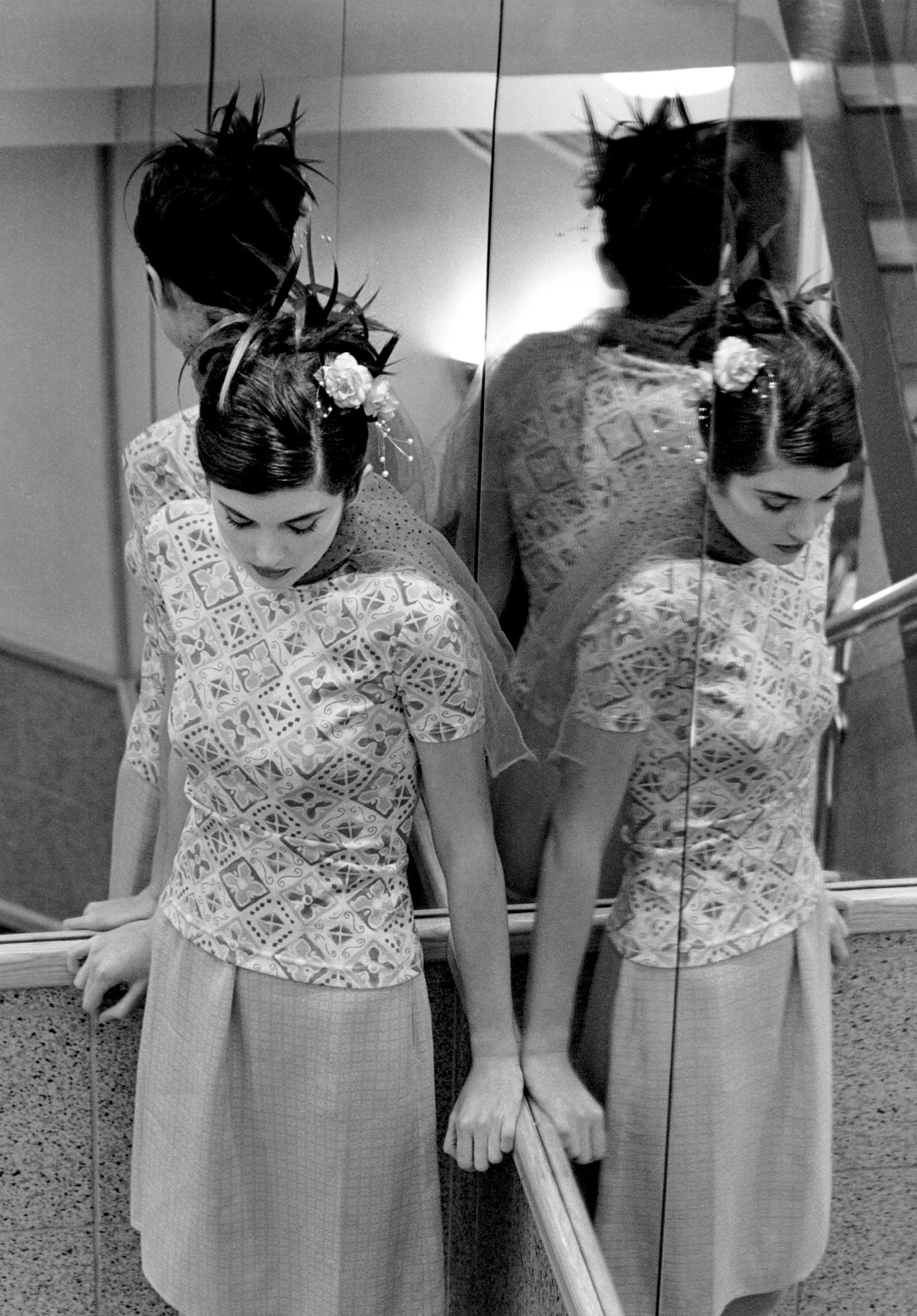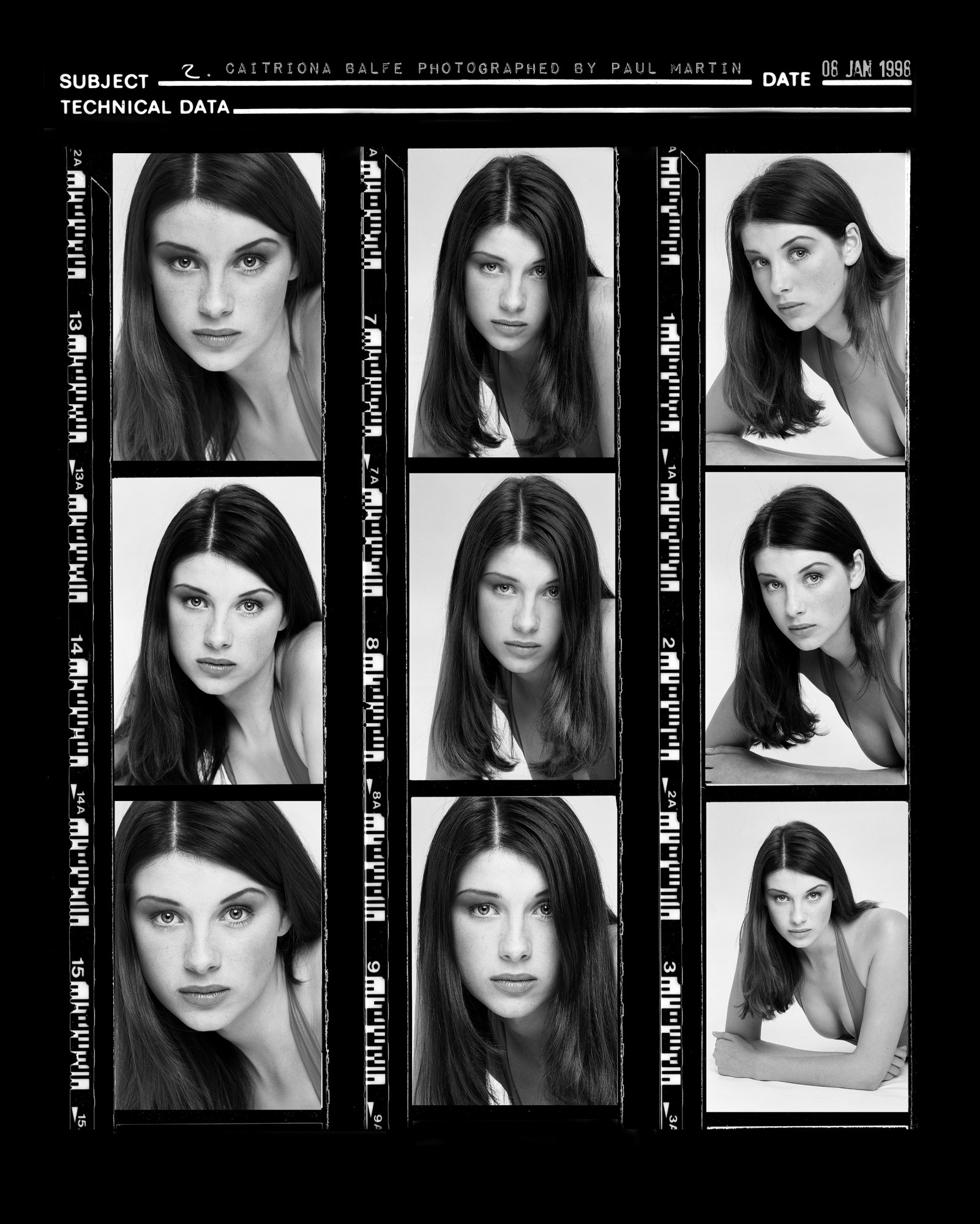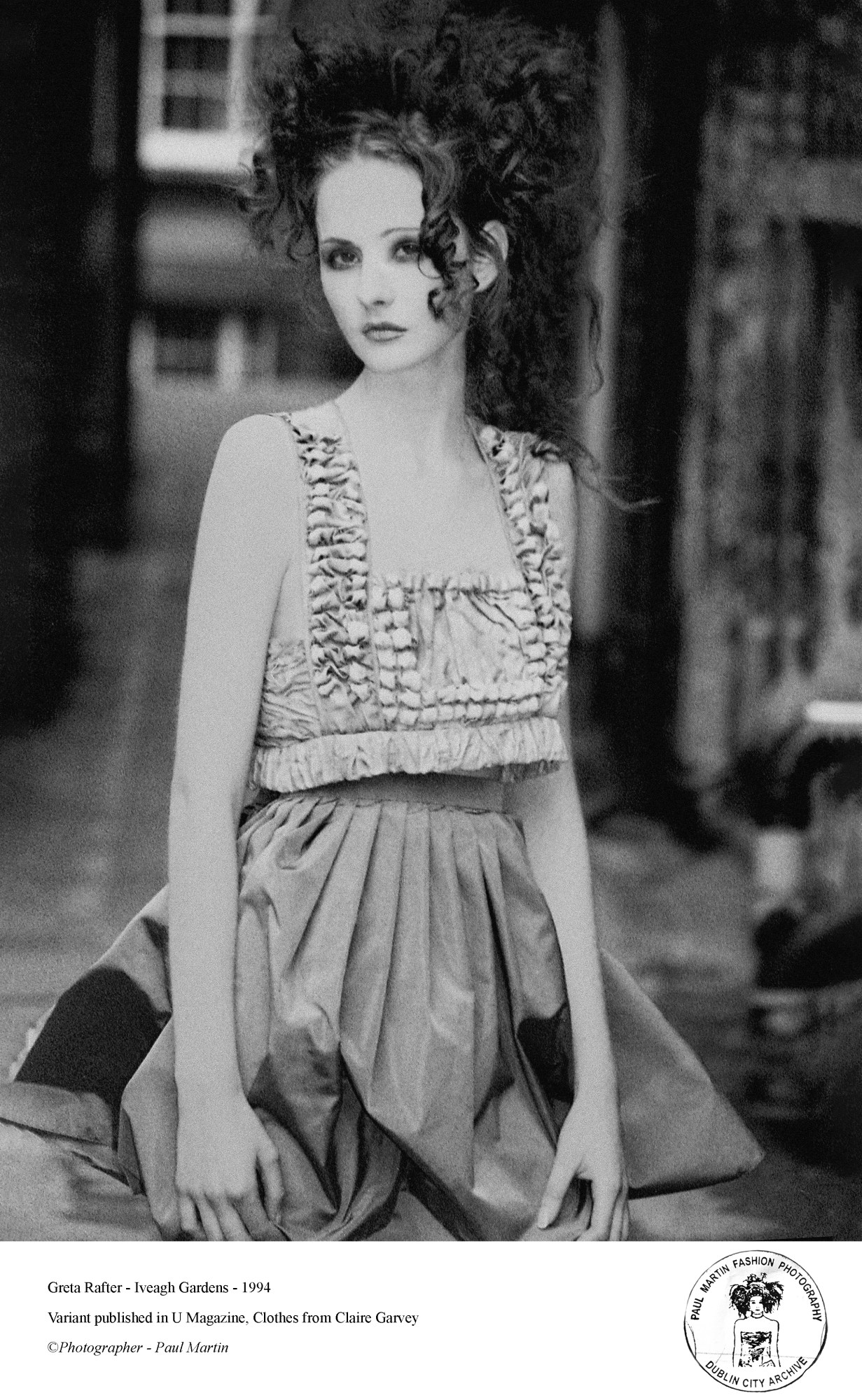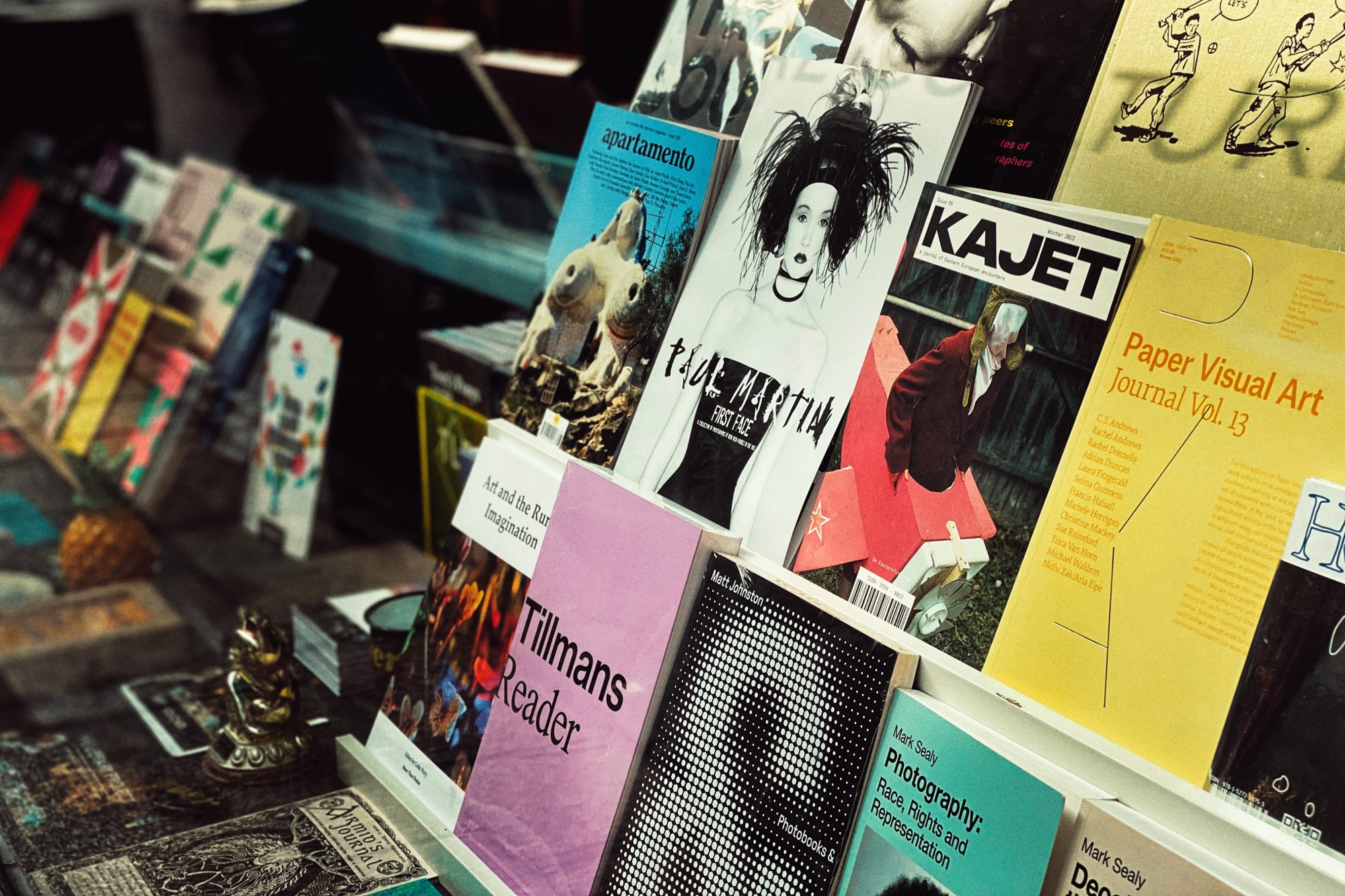The Dublin of today and the Dublin of the 1990s are two completely separate entities. Today, the Irish capital is a place known for its thriving tourism and ridiculous prices (which are not unrelated to the thriving tourist industry). It’s a place that, despite its beauty, is increasingly a cold house for young Irish creatives, who find themselves unable to afford the extortionate house prices that have crippled the rental market and left much of Dublin a place only for the extremely wealthy. Recent protests by young creatives in the city warned, in fact, that Dublin was fast becoming a “cultural wasteland” thanks to spiralling living costs and an eradication of artist studios, nightclubs and cultural spaces at the expense of building a seemingly endless parade of hotels.
It wasn’t always like this. In the pre-Celtic Tiger era (an era of rapid economic growth in Ireland fuelled by foreign investment) of the early 90s, the creative scene in Dublin was thriving, albeit tiny. The modelling scene in the city was even smaller still. It’s that scene which is chronicled in First Face, a beautiful photographic record of an era of youthful dreams from photographer Paul Martin. They’re evidence of a time where it seemed that everyone around him was either a model, actor, musician or photographer.
First Face is the result of Martin’s early work growing his photographic portfolio by test shooting new models, beginning in 1994. While shooting “first faces” began as a necessity for the young photographer, it soon became a passion all on its own; a way of capturing the elusive fashion fairytale transformation from ingenue to seasoned professional. The result is 70 black-and-white curated images from a world and a scene that now hardly exists, with some familiar names (notably Belfast’s Caitriona Balfe) alongside periods with more anonymous faces forgotten by time. Each image captures the youthful optimism of creatives at the beginning of their careers, transporting us back to a world that, even a short quarter of a century later, has already been lost.

What inspired you to put together these images in a photobook for the first time?
To some extent, fashion photographers always have a book of sorts, in as much as they have a portfolio but it’s always a compromise. You take out older shots because you want to keep your book fresh as a jobbing fashion photographer, but often at the expense of your personal style. Now I have the freedom to ditch all those commercial considerations and only choose the shots that reflected my style — the variants on shots that magazines were, for whatever reason, unwilling to take a chance on.

What was the fashion scene in 90s Dublin like?
I remember it being particularly vibrant and I guess, as part of the scene, it would have seemed that way. But nostalgic rose-tinted glasses aside, I think it was a more creative time and everybody was much more engaged. Models hustled hard for jobs and there were plenty of magazines open to photographers pitching stories. It was also quite a revolutionary period because photographers like Corinne Day had broken the convention of professional photographers having big studios, and introduced a more DIY, real world aesthetic.
I felt that in Dubin, even though it was a very small scene in comparison, this was an important part of Irish culture. And yet there was very little interest in trying to keep a record of it, not least by the photographers themselves. Maybe we were too close to realise its significance. I genuinely hope that, maybe now that I’ve published this book at least, some other photographers might follow suit.
How does the fashion and art culture in Dublin now compare to the 90s when these images were taken?
To be honest, it seems that with a few notable exceptions, the fashion scene is almost non-existent — editorials seem to be a combination of e-comm and catalogue. I feel very lucky to have had the experience of working in the 90s, shooting film in a pre-digital era, with images that felt special.
First Face is available from The Library Project at 4 Temple Bar, Dublin and worldwide here, from 2 May.





